 Personalization
Personalization
Development of technologies in production of RX lenses enabled us to use certain data to manufacture lenses that fully suit your individual needs.
Individual parameters are: rear vertex distance, pantoscopic angle, reading distance, frame curvature angle, pupillary distance and fitting height.
If when ordering RX lenses, individual parameters are also provided, they will be taken into account during their manufacturing and the user will get lenses that will provide excellent vision.
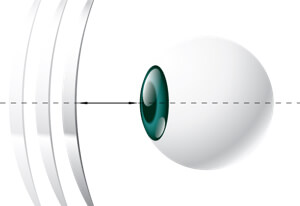
Back vertex distance
The back vertex distance (BVD) is the distance of the eye from the inner surface of the lens.
The average value is 12mm.
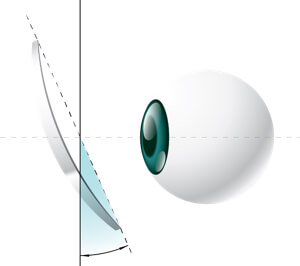
Pantoscopic angle
The pantoscopic angle is the angle of inclination of the frame relative to the vertical plane.
The average value is 7°.

Reading distance
The distance by which reading differs for digital and printed media.
On average, this is from 30cm to 40cm.
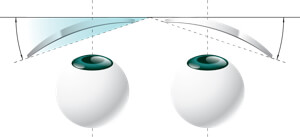
Frame curvature angle
The frame curvature angle depends on the model of the frame. It is measured using the card for determination of the curvature angle.
The average parameter is 5°.
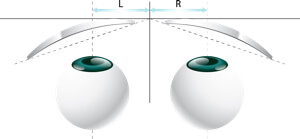
Pupillary distance
The pupillary distance can differ for the left and the right eye, so it is necessary to measure the monocular distance separately for the left and the right eye.
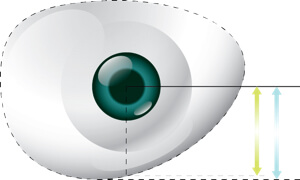
Fitting height
Fitting height is the distance from the position of the pupillary center marked on the form, to the farthest point on the ocular.
This measured value must be larger than the minimum fitting height given for a specific model of progressive lens and it is the criterion for selecting the model of progressive lens and accepting a frame as being appropriate for mounting.










 Personalization
Personalization Download the order form
Download the order form